Corona Recharge: Fridge Experience Design
The last project I was working on when I left Thinkingbox is the Corona Recharge fridge. The concept was to open a fridge when a phone is on 10% battery or less. To accomplish this, it was proposed to use a webcam and machine learning to identify the battery level on a screen.
Patrick Daggett, my colleague at Thinkingbox was the resident ML person so he set about training a model to recognize low battery. Taking into account models, makes, manufacturers, he must have spent a week on training. Once the model could see a low battery, the computer would send a signal via Serial to the micro-controller to open the fridge.
It fell to me to design the experience of the fridge. And the fridge itself. I sourced a few fridges, got buy-in on one and ordered the fridge. The fridge chosen was a Whynter freestanding 8.1 cu ft merchandising fridge.
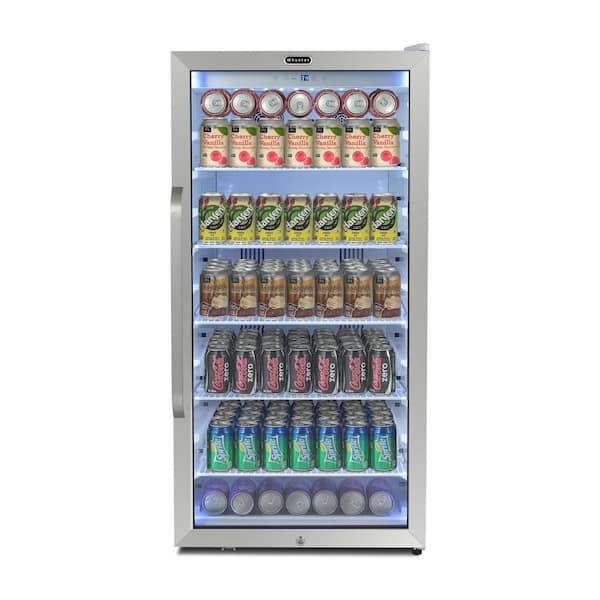
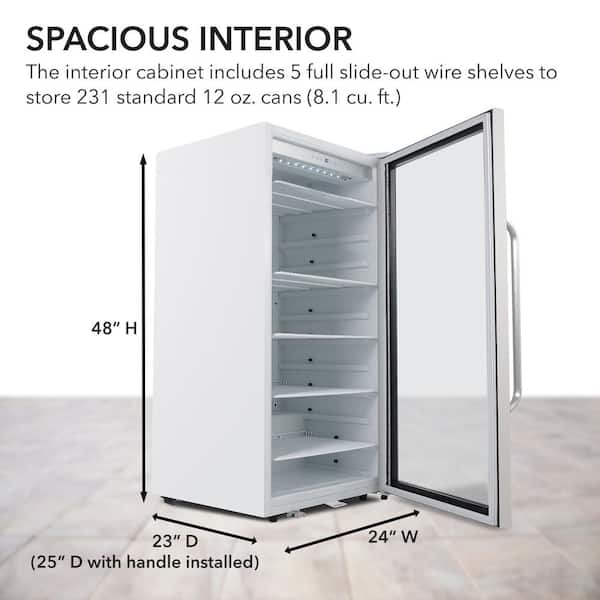
When you look at the promo video, they show the initial concept model I was given.
They wanted a seamless door that couldn’t be opened manually. The bottle would show the interior, and there would be a battery graphic in the cut-out. This cut-out is what dictated the use of the Whynter, more than anything. The position of that cut-out meant most fridges would need a door made from scratch. The merchandising fridge has a big window as the door. Not only that, it could hold a lot of bottles. How do I know? I modelled a corona bottle, and duplicated it inside what I knew to be the inside of the fridge.
This also helped the client more easily understand capacity.
Obviously, we needed to keep the fridge a fridge. Had to seal effectively and keep the contents cold. Also wouldn’t bleed cold air into the remaining structure and components.
I set about modelling a fridge casing. One that would integrate the fridge, computer, power supplies, controller etc etc. The door would be held closed by an electromagnet. Here’s the design I came up with.
I added a six foot tall mannequin to show scale of the fridge. On top I designed a dock that could drop in and be integrated into the fabricated casing. I went through a number of iterations while taking into consideration; viewing angle of camera (Logitech Brio), angle of mobile device to mitigate reflections, distance from camera to mobile device, a magnetic top to be able to access the camera, a limit switch to let the computer know when a phone was in place, a wireless charging pad. Then I tried to make it as good-lookin’ as possible.
Once I began to use the electromagnet, I realized I’d need to create a safety feature to avoid fingers being crushed. The magnet was part of a security system and has a draw strength of 280kg (617lbs). If the magnet turned back on and the door was being shut, it would snap shut. So I sourced a heavy duty plunger switch (like the one below). Only if that switch was depressed by closing the door entirely would the magnet engage. No crushed fingers!


To hide the hinges and give the fridge a cool look, I found Soss hinges. They are called “invisible hinges because they fold into themselves.
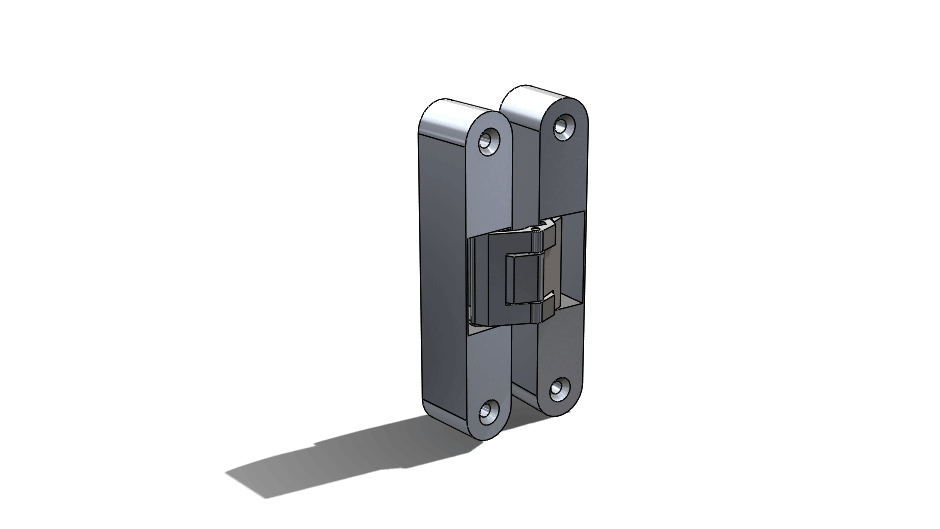
Everything involved with control ran through an ESP32 dev board.
My employment with Thinkingbox ended before I could see this project through. I’d met with the fabricators, sent them the models for the fridge casing. When I was let go, I sent over everything I’d bought and fabricated. It’s very cool to see that the project went live, regardless.

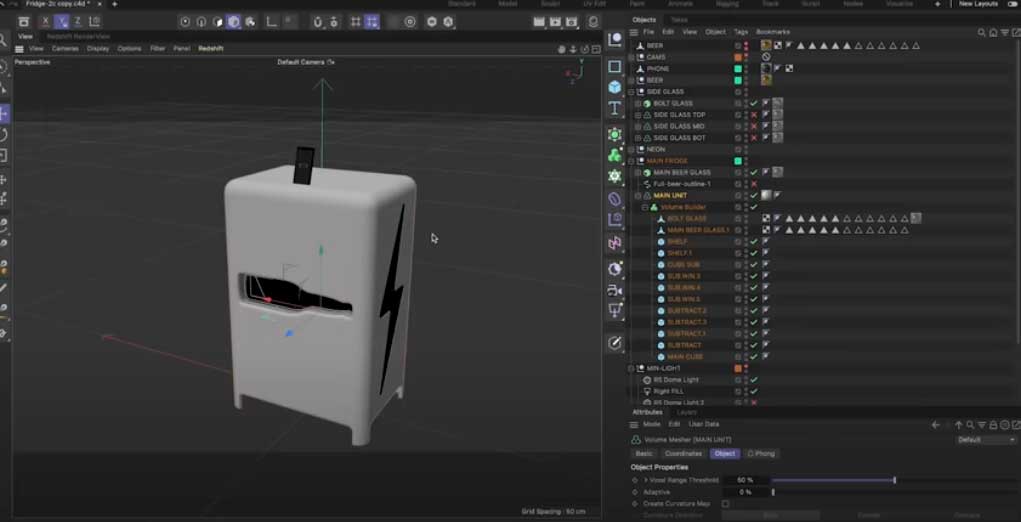


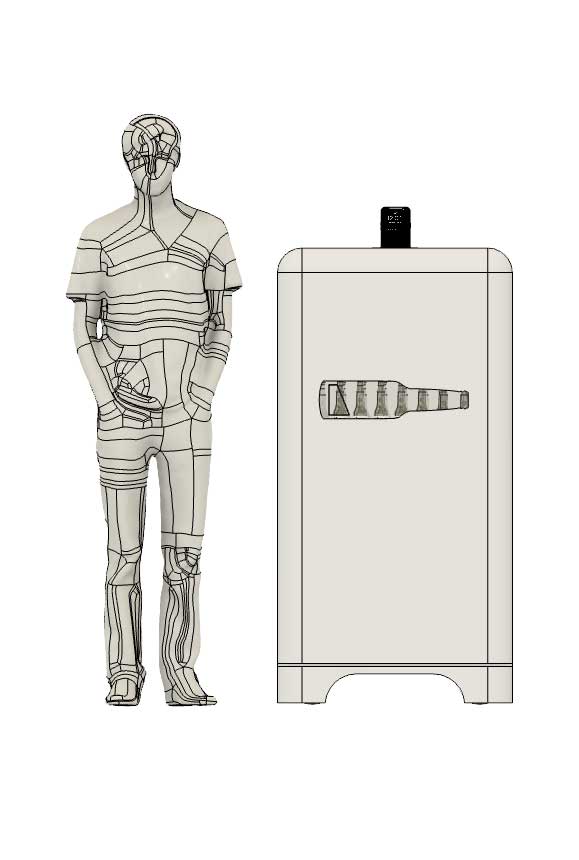



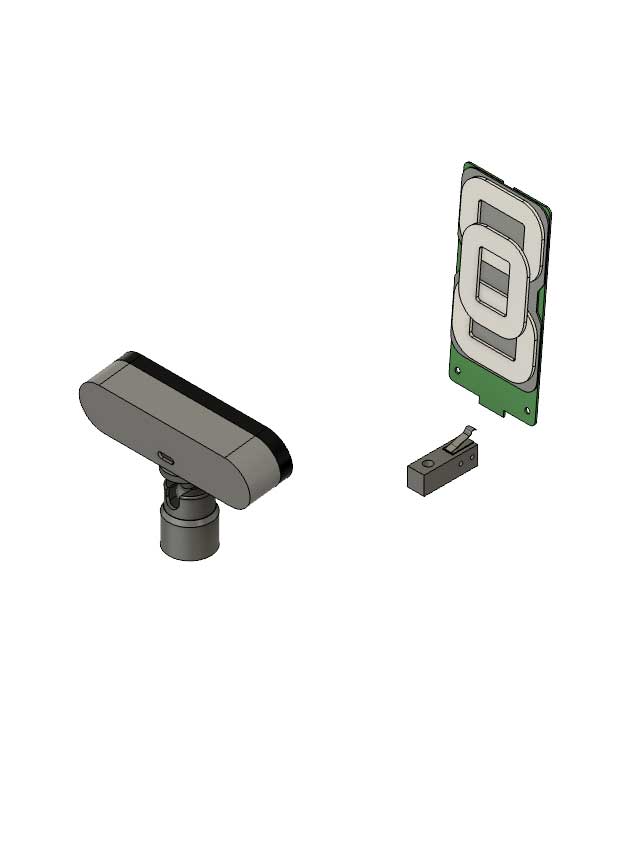
1 thought on “Corona Recharge: Fridge Experience Design”